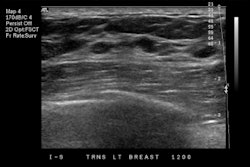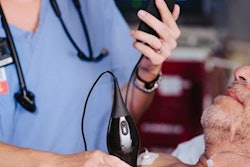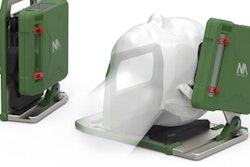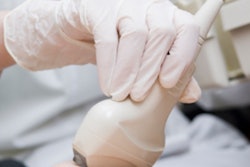Monday, November 27 | 12:15 p.m.-12:45 p.m. | BR225-SD-MOA5 | Lakeside, BR Community, Station 5
Over time, the cancer detection rate of screening breast ultrasound increases -- without an increase in biopsies, researchers at Elizabeth Wende Breast Care in Rochester, NY, have found.The findings help shed light on screening ultrasound's performance in an era when more and more states are passing breast density notification laws that prompt increased use of additional screening modalities to counter mammography's limitations, wrote the team led by Dr. Stamatia Destounis.
Destounis and colleagues reviewed the performance of screening ultrasound at their site in women with heterogeneously dense or extremely dense breast tissue, using data from 14,548 exams performed between 2013 and 2016. They compared the performance of screening ultrasound year to year.
In 2013, 691 screening ultrasound exams were performed; 1,700 exams were performed in 2014; 4,767 exams were performed in 2015; and 7,389 exams were performed in 2016.
Destounis and colleagues noted the following:
- Screening ultrasound's cancer detection rate increased in the first three years, from 1.4 cancers per 1,000 exams in 2013 to 3.6 cancers per 1,000 in 2015. It then decreased to 2.4 per 1,000 in 2016.
- The biopsy rate steadily decreased, from 2.9% in 2013 to 1.5% in 2016.
- The positive predictive value for biopsy initially increased substantially, from 5% in 2013 to 20% in 2014. It then began to decline, reaching 18.8% in 2015 and 16.2% in 2016.
- Lesions categorized as BI-RADS 3 decreased over time, from 2.5% of exams in 2013 to 0.9% in 2016.
"As policies continue to change and center around individualized medicine, the use of screening breast ultrasound in specific populations will continue to be utilized," they concluded. "Understanding the performance and value of ultrasound will be helpful for facilities as they continue to adopt new screening modalities."




















